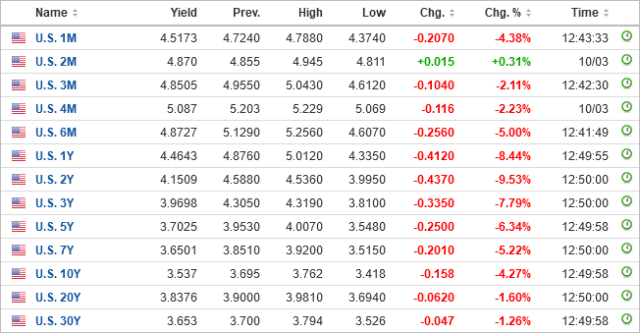Whenever I get confused, I always try to simplify my thinking to basic principles. Sometimes a little too basic, but the foundation of knowledge has to start somewhere. It is always good to refresh one’s knowledge and make sure one doesn’t descend into senility.
So we will get really basic. As in the core of accounting and finance.
Finance and accounting is akin to physics and mathematics.
Let’s do accounting first.
Accounting is governed by two simple sets of equations. One is that assets are equal to liabilities plus equity. The other is that revenues minus expenses equals equity (retained earnings/deficits). The retained earnings line is the linkage between income statements and balance sheets over time.
If you can apply this rigorously, the rest of accounting is a relatively simple exercise of check-boxing and making sure you apply IFRS properly for the billions of different cases (then write your CFE exam and get your CPA designation!). Fundamentally, however, the two sets of equations is all you need. Everything else is layers of complexity on top of more complexity. The art of accounting is translating the literal (what is presented) into the economic substance (the reality) and this is the component of accounting which requires subjective judgement.
Finance is the practice of converting cash streams into capitalized sums and vice versa. The formulas governing this is the conversion of cash flows to a present value, and the present value into a sum of cash flows. Everything you see trading on the stock market comes down to these two tranformations. The subjective judgement in finance is determining these cash flows and the discount rate to apply over the relevant time period.
============
I am looking at my long-term CAGR number and my financial objective during the rising interest rate environment was to just keep things steady as the increasing discount rate would inevitably lead to a drop in capitalized values.
For the most part, I have succeeded. Not being an index investor, I was able to avoid negative returns in 2022. For the most part I have considerably de-risked things in the second half of 2022 compared to the second half of 2020.
However, matching my long-term CAGR number in the 2023 environment is going to be next to impossible. High amounts of conventional returns are not going to happen. In order to make outsized returns, I would have to make non-typical directional bets. This means there is an element of gambling, something I do not partake lightly without having the odds seriously on my side. Having a cloudy crystal ball is the opposite environment where I want to be pounding the futures market like George Soros did with the GBP back in 1992.
If I managed client money at the moment, I would have to be justifying an “I am working hard by doing nothing” approach to asset management. I would probably be losing clients’ funds going to greener pastures to managers that put their money into NVidia or Facebook/Meta (both up 89% and 71%, respectively).
One huge cost of twiddling your fingers is the impact of inflation. While in prior years the 2% or so deduction you make to calculate a real return is an afterthought, in the current environment, just earning 5% is not going to keep one’s purchasing power. Finance has turned into one gigantic minority game where the slice of real proceeds continues to get whittled away by the corrosive force of monetary inflation, thanks to our deficit-loving governments.
I have not encountered anybody as paranoid as myself in the marketplace. It is psychologically unhealthy (not to mention making me really bitter and anti-social) but it has enabled me to survive in environments such as those in 2000, 2008 and 2020. Unfortunately, it also has the psychological effect of giving me a huge amount of financial PTSD, prevent me from taking opportunities that I otherwise should have taken had I been more rational.
It leads me to a conclusion that one of the biggest risks that I have of future underperformance is not interest rates, macroeconomics, or the decisions of increasingly authoritarian politicians, but rather the state of my mental health.
If I go bonkers, I’ll end up clicking the wrong buttons on Interactive Brokers, and let me tell you, there aren’t a lot of safeguards to clicking incorrect buttons. Indeed, I think platforms like Robinhood and Wealthsimple intentionally make it really easy for their clients to tap on financially inappropriate things (options, ahem) and lose money.
I’ve put a lot of internal mental safeguards and also some analytical safeguards on preventing this, but to maintain this readiness, I need to have my mental act together.
I wrote an article five years ago about Physical Fitness, Mental Fitness and Financial Performance and this applies more than ever today. Each year of age transforms into one year of further mental degradation.
About a week ago, I ran in Vancouver’s largest 10km race. Although historically the weather has been quite good during these races, this year it was a characteristic Vancouver day – about 8 degrees Celsius and pouring rain. However, this did not stop me:
This matched, exactly to the second, my run time in 2019, which was my lifetime best to date. Perhaps in 2024 with more training I can beat it.
Hopefully this physical measurement can be a proxy for mental measurement. It gives me some assurance.
However, it is not sufficient. The key risk to performance is the inability to adapt to changing circumstances, and avoiding mental traps that enable investing in false narratives. It is something that we all must be ever vigilant as the market does not care about your mental condition. The biggest risk for my portfolio is my mental health.

